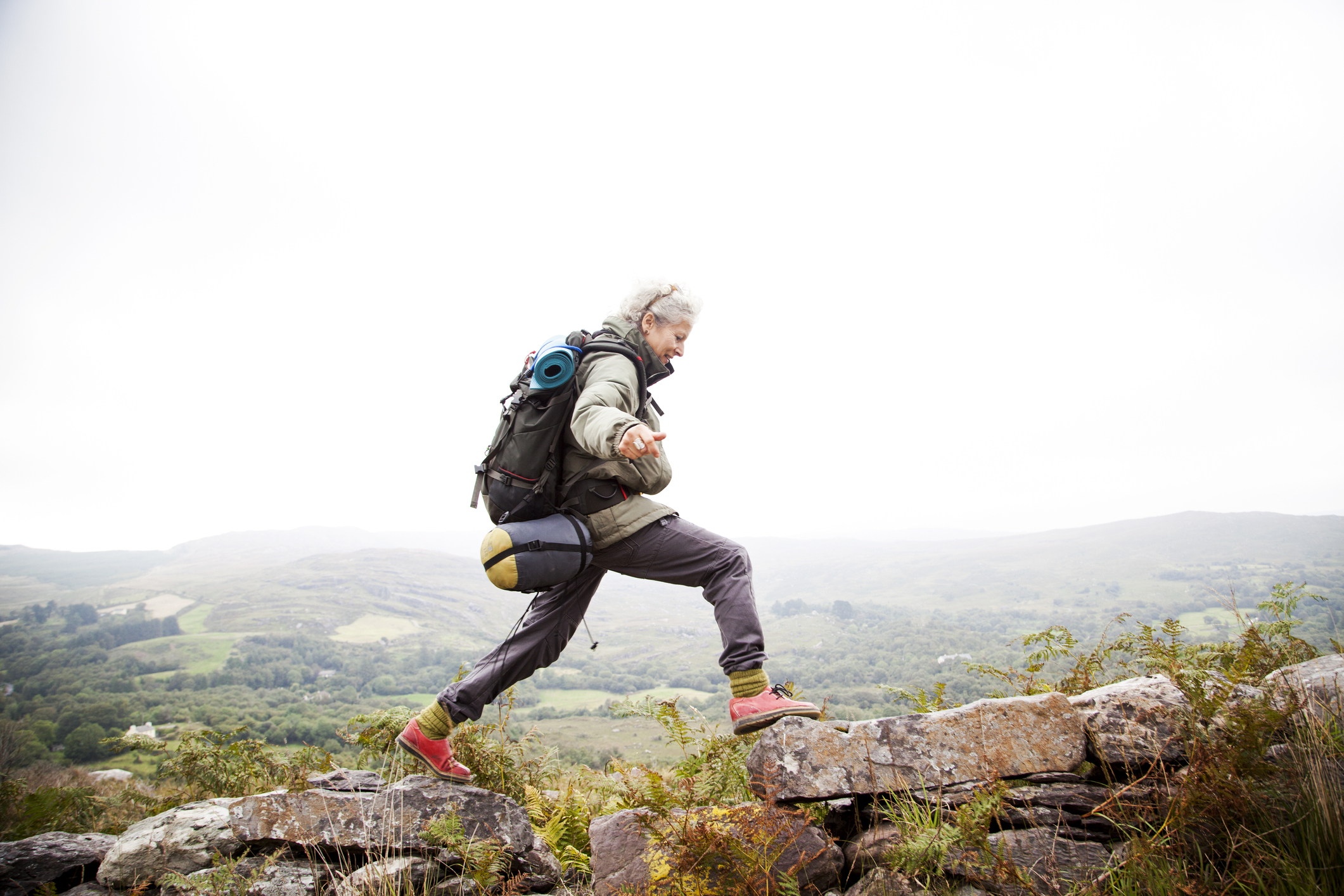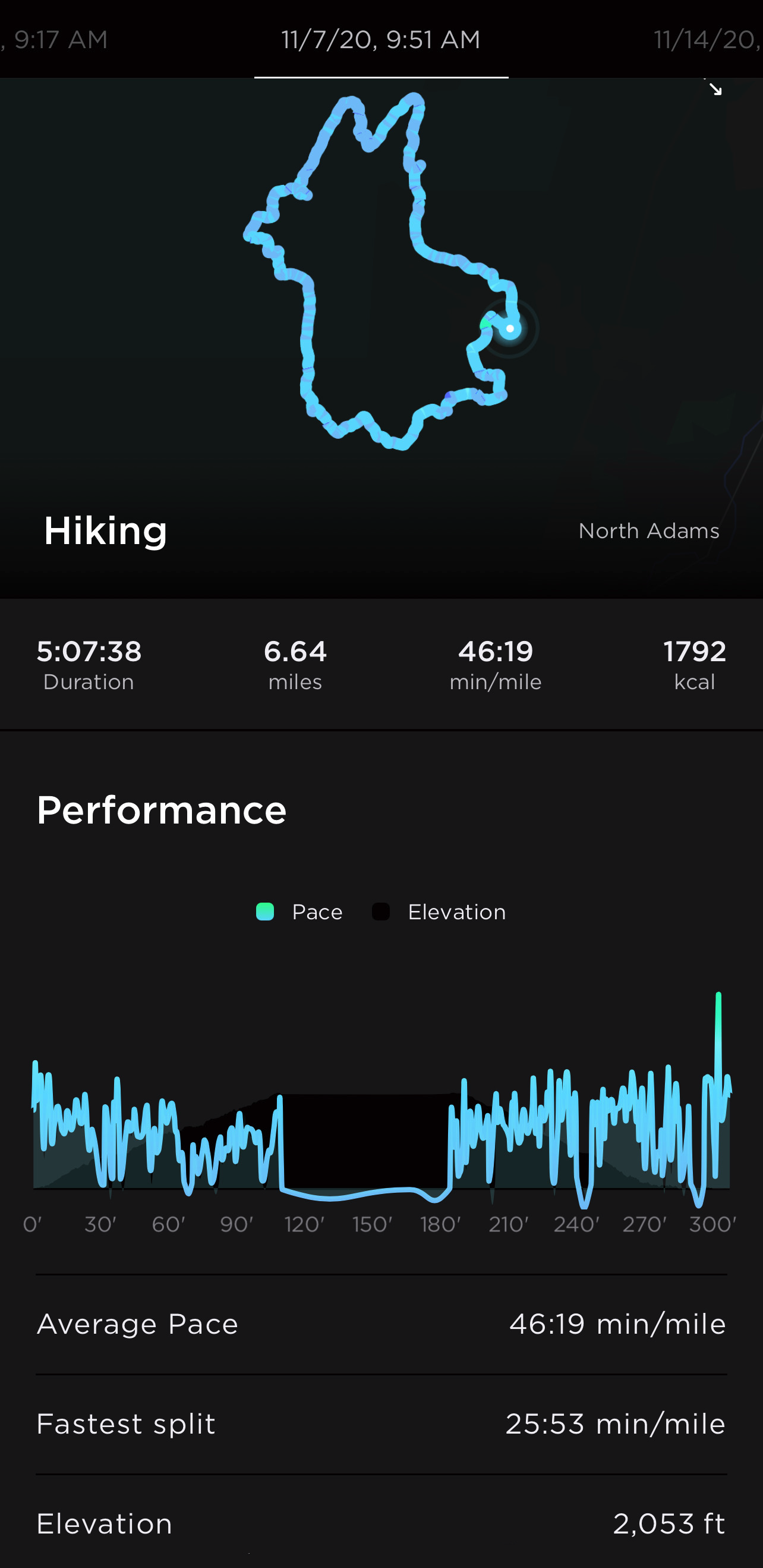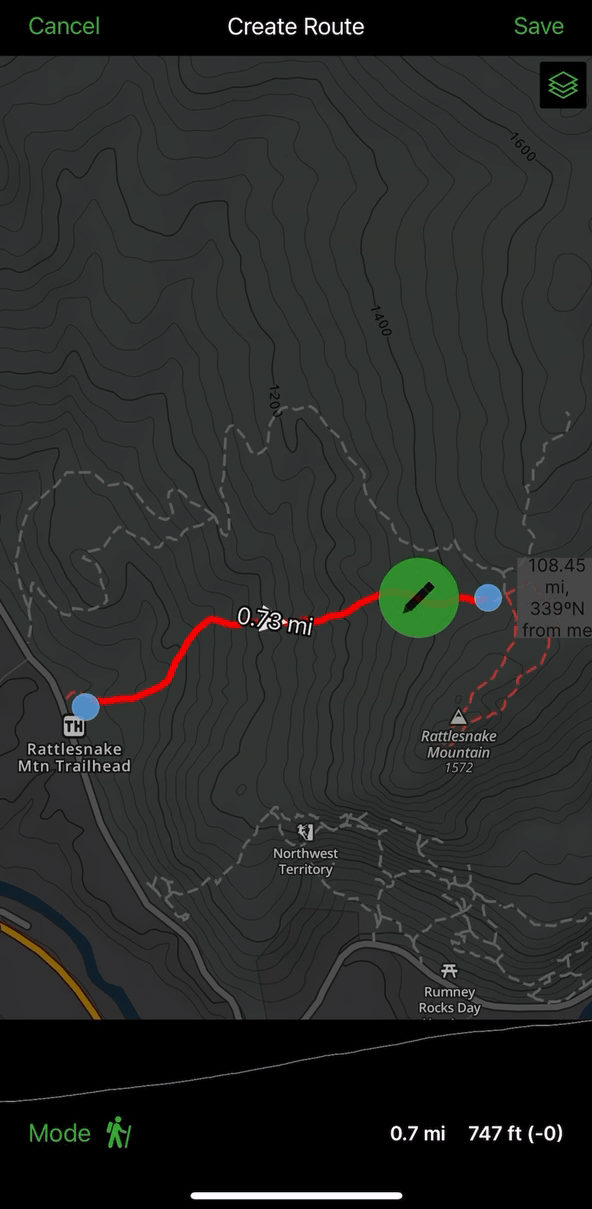
Powering through as many miles as possible is one measurement of athleticism, but there’s another important metric that can define your daily routine and workout over any other: elevation gain. Learn more about what this is and how high you can climb towards a healthier you.
Getting a great aerobic workout could consist of packing on as many miles as possible, and there certainly is validity in seeing a connection between distance traversed and athleticism. But one important, real-world factor that can be overlooked in a world of flat treadmill workouts is elevation gain.
What is elevation gain?

Firstly, defining elevation versus elevation gain is important. Imagine the highest elevation, or height, at a park is 635 feet. If your goal is to get to the top of the park, your elevation gain could range from 100 feet to 2,542 feet as in this real elevation gain example.
Why?
Because the highest point of an area is not indicative of other hills you might encounter over your chosen distance. The more miles you include in your workout, the more chances are that you will encounter inclines, and therefore, more elevation gain. In fact, your elevation gain can add up to being much more than the highest elevation point of your session.
Take this tracked walk pictured. The walk is at sea level, but the sensitivity in the smartwatch can take note of minor inclines along the way. 78 feet is not an incredible amount of elevation gain, but it begins to add up.

Looking at a longer session, even though Mount Greylock in Massachusetts is 3,489 feet, this leisurely hike, shown left, started above 1,100 feet and had dips and rises which affected total elevation gain. Compare the elevation from the previous walk to this hike, and then notice the minute to mile comparison; adding elevation gain will increase the amount of time spent per mile, but your heart will receive a bigger workout and you’ll expend more calories doing so. You might also notice there was a one hour activity break—to recharge and enjoy the view.
Elevation gain affects calorie loss
Getting in a good workout has multiple benefits, and although there’s more to exercising than burning calories, many budding health-conscious folks want to maximize on the number of calories burnt. Consequently, there are two options to do this if you’re restricted to a certain amount of time:
- Increase your speed to cover more distance
- Increase your elevation gain without having to increase distance or speed
Adding a steeper grade to your workout will help you burn more calories versus exercising on a flat surface, and this is fairly intuitive to recognize: you can probably already feel the burn in your thighs from having to scale a hill versus an easy-going walking path.
But how many more calories do you really burn adding in elevation gain?
An exact answer isn’t possible unless the sex, weight, age, and other data points are calculated, but take a more general example using a hiking calculator. Someone who weighs 185 lbs and walks 2 miles with no elevation gain can expect to lose 219 calories. Add in a modest 500 feet of elevation gain, and that calorie expenditure increases to 310 calories over the same distance.
Calorie expenditure might not be the most important metric, but accounting for elevation gain draws a different picture of your activity.
Elevation gain provides more cardiovascular opportunities
Fighting against gravity is harder going uphill, which is why adding elevation gain can benefit your heart. In fact, a study testing the effects of 12 weeks of hill training on runners showed that regular elevation gain improved speed endurance and VO2max compared to runners who didn’t add ascent training into exercise routines.
Does this mean you should begin running hills?
Not necessarily. Even walking uphill on the way home from an outing or taking the stairs at work all contribute towards the “high life.” In addition, steep elevation gain might not be in your best interest after recovering from a heart attack or if you are unsure if you have any potential cardiac liabilities.
Take Mount Monadnock in New Hampshire as an example. The mountain is 3,165 feet tall, but visitors can expect to climb 1,700 feet in 1.8 miles up a well-traveled trail named White Dot: that’s a lot of elevation gain, but due to the mountain’s proximity to Boston, it’s a popular destination for many people who are unfamiliar with elevation gain or even their own health conditions.
Speaking about the realities of mountain rescues to local paper, Dave Targan, advanced EMT and chief mountain patrol ranger for the New Hampshire Division of Parks says that the mountain is so popular that his team has to sometimes respond to, “many first-time hikers, some of whom are unaware of preexisting cardiac issues.”
Mountains present some of the best elevation gain opportunities, but receiving regular checkups with a doctor can help reduce instances where the stress of great ascent doesn’t cause greater cardiac issues.
How is elevation gain calculated?
This metric is traditionally calculated using an altimeter, or a machine that helps calculate your elevation gain. For maximum accuracy and reliability, the altimeter is combined with a high-precision accelerometer, and the calculation is performed by an algorithm that avoids false detections such as taking an elevator. However, a good altimeter can detect your stair climbing, the little hill you didn’t even really feel, or your ascent of Mont Blanc.
End of the road?

If this is the first time you’re considering how you can maximize elevation gain in your daily life and workouts, consider using several maps available online to help plan out a route that gives you as much ascent as you want. Gaia GPS, AllTrails, Strava, and several others can help you create a route while providing information including distance and elevation gain.
The number of steps and miles traversed are important when calculating your daily readings, but contributing towards your total ascent or elevation will supplement your health journey, and we’ll be there to help keep track as you do it.


